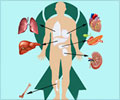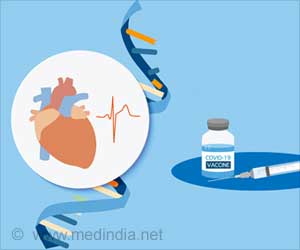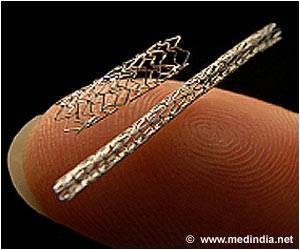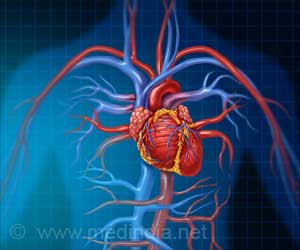Now, a team of scientists has used some of David Warshaw's earlier findings to develop a possible treatment to prevent hypertrophic cardiomyopathy (HCM).

TOP INSIGHT
More than 15 years ago, researchers discovered the precise malfunction of a specific protein in the heart that leads to hypertrophic cardiomyopathy (HCM). Now, a team of scientists have used some of these findings to develop a possible treatment to prevent hypertrophic cardiomyopathy.
HCM can result from different mutations of many proteins in the heart. One of those proteins, myosin, acts as a tiny molecular motor in every heart muscle cell. It pulls and releases on a rope-like protein, actin, in order to make the heart muscle contract and relax as it pumps blood.
"A mutation of myosin can alter the motor’s power-generating capacity and make the heart work improperly, which in turn causes the heart to enlarge," said Warshaw.
For many years, scientists assumed that the mutation caused the myosin to lose its motoring power, throwing off the whole heart engine. But in a study Warshaw published in 2000 in Circulation Research, he and colleagues found that the problem wasn’t diminished power in the myosin; it was too much power with this mutation.
"By analogy, placing the engine of an Indy race car (i.e., mutant myosin) in a stock car chassis (i.e., the heart’s connective tissue matrix) could lead to internal stress and structural damage. For the heart, this amounts to inducing cardiac fibrosis and muscle cell disarray that are characteristic of HCM patients," wrote Warshaw in his ’Perspectives’ article.
Using mice bred with the mutation, the team tested a small molecule inhibitor that dials back the myosin motor’s power generation to a more normal level. The mice got the drug containing the molecule as early as eight weeks old, and amazingly it prevented the HCM from surfacing, according to the study.
Nonetheless, Warshaw sees great potential. In previous studies, he has found that mutations to other heart proteins also result in increased heart muscle power generation, in turn leading to HCM. He said, "The same molecule could still be used on the myosin motor to compensate and thus block the disease in those cases as well."
Source-Newswise
 MEDINDIA
MEDINDIA

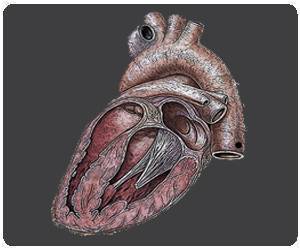
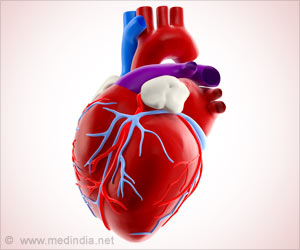
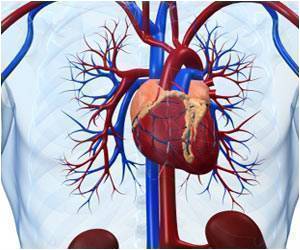
 Email
Email


